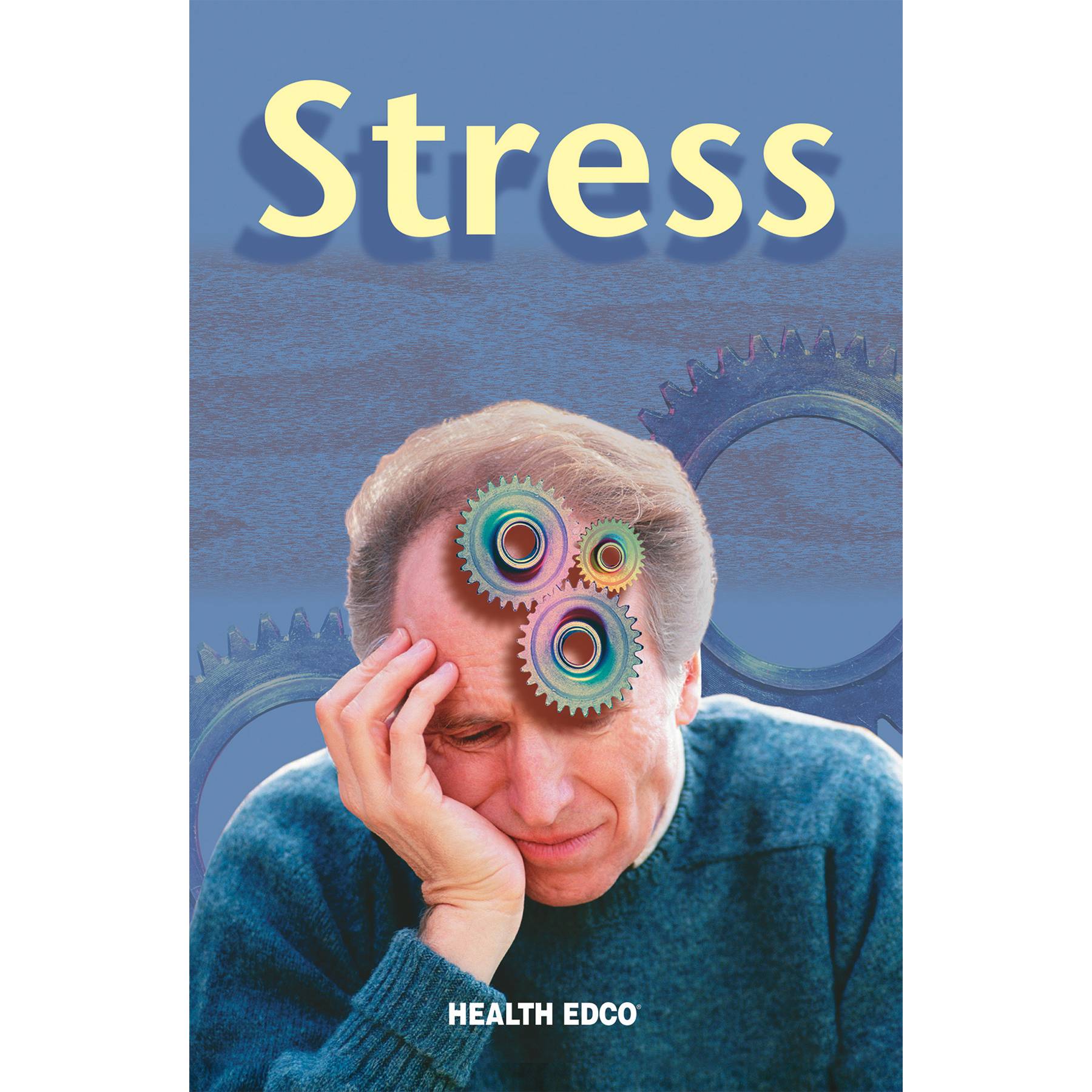
Currently, the treatment of obesity is mainly focused on surgery or pharmacotherapy. There are other options. Education and support can be beneficial in some cases for people suffering from obesity. Girls Make Your Move campaign is an example of a campaign that aims to inspire young women to exercise more.
The treatment of obesity can be complex. It is a multi-cause illness that is affected in many ways. This includes genetic factors, endocrine disorders, environmental factors, and psychological stimuli. Obesity can also have negative effects on the quality of one's life. This serious health problem is often associated with high health care costs. Obesity can cost anywhere from 2 to 7 per cent of total health care expenditure in developed countries. Global economic effects of obesity are estimated to be $2.0 trillion. Global obesity mortality rates are 2.8 million per year.

Obesity can have a negative impact on a person's physical and mental health. It can also affect their social and economic lives. Obesity can increase the risk of many serious medical complications, including diabetes, cardiovascular disease, and cancer. In addition, obese individuals often face pervasive weight discrimination. They are often perceived as gluttonous, lazy, or lacking self-discipline. These stereotypes can adversely impact the access to treatment and services for obesity.
Because obesity treatment requires coordination of health care professionals, it is a multi-disciplinary matter. But, a lack in education and training can slow down obesity treatment. For patients to have a better weight management experience, they should receive more education. Health care professionals should be encouraged encourage to have better conversations about weight management with patients. This will improve the overall quality of care for patients with obesity.
In addition to stigmatizing and discriminating against obesity, weight discrimination also has an impact on the treatment. It is important to encourage initiatives to eliminate weight bias. Education programs that combat weight stigmatization can also be used. In educating the general public about obesity, media reporting is a key tool. Media reporting can also help to secure treatment for obese individuals.
Long-term solutions to obesity are a challenge. It is crucial to build a systemic portfolio that can improve outcomes across socioeconomic levels. Prevention of childhood obesity is important, too. Children with obesity are more likely to remain obese throughout their lives. They are also more likely develop type 2 diabetes and heart disease. Also, children who are obese are often subject to school weight-based bullying.

A new narrative is needed to address obesity. It must be in line with the current scientific knowledge. It should address the negative socio-cultural consequences of weight stigma. It will require the concerted efforts and participation of many stakeholders to alter the public narrative.
FAQ
How can I live the best life possible every day?
Finding out what makes your heart happy is the first step to living a fulfilled life. Once you've identified what makes your happy, you can start to work backwards. You can also ask others how they live their best lives everyday.
You can also check out books like "How to Live Your Best Life" from Dr. Wayne Dyer. He talks about finding happiness and fulfillment in all aspects of our lives.
What causes weight loss as we age?
How can you determine if your bodyweight is changing?
If there are less calories than muscle mass, then weight loss is possible. This means that the amount of calories consumed must exceed the amount of energy used daily. Reduced activity is the leading cause of weight gain. Other factors include stress, pregnancy and hormonal imbalances. When there is more fat than muscles, it's called weight gain. It occurs when people eat more calories each day than they use. It can be caused by overeating or increased physical activity as well hormonal changes.
Our bodies lose weight because we eat fewer calories than we burn. Exercise regularly increases your metabolism rate, which allows you to burn more calories every day. This doesn't necessarily mean we will lose weight. What matters is whether we are losing fat or building muscle. If we are burning more calories than what we eat, then we will lose weight. However, if you consume more calories than you burn, you'll end up storing them for fat.
As we get older, our movement speed slows down and so we move less. We also tend have less food to eat than we did when younger. We tend to gain weight. On the flipside, we are more muscular than we really need and appear larger.
There is no way to measure how much weight your body has lost without weighing yourself every week. There are many methods to measure your weight. You can check your waist size, your hips, your thighs, your arms, etc. Some prefer to use bathroom weights, others prefer tape measure.
For a better track of your progress, try to weigh yourself once per week and measure your waistline once every month. You can also take pictures of yourself every few months to see how far you've come.
Online measurements of your height, weight and body mass can help you determine how much. For example, if you're 5'10" tall and weigh 180 pounds, you'd probably weigh 180 pounds.
How much should I weight for my height and age? BMI calculator & chart
The best way to determine how much weight you need to lose is to use a body mass index (BMI) calculator. A healthy BMI range should be between 18.5- 24.9. Aim to lose 10 pounds per month if your goal is to lose weight. Simply enter your height/weight into the BMI calculator.
To see if you're overweight or obese, check out this BMI chart.
How often should I exercise?
For a healthy lifestyle, exercise is vital. However, there's no time limit on how much you should exercise. The key is finding something you enjoy and stick with it.
If you exercise three times a week then aim for 20-30 mins of moderate intensity. Moderate intensity means you'll be breathing hard long after you're done. This type is good for burning around 300 calories.
You can walk for 10 minutes every day if that is what you prefer. Walking is low in impact and easy for your joints.
If you'd rather run, try jogging for 15 minutes three times a week. Running can help you burn calories and to tone your muscles.
Start slowly if you aren't used to doing exercise. Begin by doing 5 minutes of cardio each day, a few times per week. Gradually increase your cardio duration until reaching your goal.
What does it take to make an antibiotic work?
Antibiotics are drugs which destroy harmful bacteria. Antibiotics are used for treating bacterial infections. There are many options for antibiotics. Some can either be administered orally, while others may be injected. Other antibiotics can also be applied topically.
People who have been exposed are often given antibiotics. For example, if someone has had chicken pox, he or she might take an oral antibiotic to prevent shingles later on. For those with strep-thorphritis, an injection of penicillin could be given to prevent them from getting pneumonia.
Doctors should prescribe antibiotics to children. Children are more likely to experience side effects than adults from antibiotics.
Diarrhea is one of the most common side effects of antibiotics. Other side effects possible include dizziness, nausea, vomiting, stomach cramps, stomach pains, dizziness and allergic reactions. These side effects are usually gone once the treatment has finished.
Statistics
- Extra virgin olive oil may benefit heart health, as people who consume it have a lower risk for dying from heart attacks and strokes according to some evidence (57Trusted Source (healthline.com)
- According to the Physical Activity Guidelines for Americans, we should strive for at least 150 minutes of moderate intensity activity each week (54Trusted Source Smoking, harmful use of drugs, and alcohol abuse can all seriously negatively affect your health. (healthline.com)
- In both adults and children, the intake of free sugars should be reduced to less than 10% of total energy intake. (who.int)
- According to the 2020 Dietary Guidelines for Americans, a balanced diet high in fruits and vegetables, lean protein, low-fat dairy and whole grains is needed for optimal energy. (mayoclinichealthsystem.org)
External Links
How To
What does the word "vitamin" mean?
Vitamins can be described as organic compounds found in food. Vitamins aid us in absorbing nutrients from the food we eat. Vitamins cannot be produced by the body. They must be obtained from food.
There are two types if vitamins: water soluble, and fat soluble. Water-soluble vitamins dissolve easily when they are dissolved in water. Examples include vitamin C,B1 (thiamine), B2 (riboflavin), B3 (niacin), B6 (pyridoxine), folic acid, biotin, pantothenic acid, and choline. The liver and fatty tissues are home to fat-soluble vitamins. Vitamin D, E, K and A are some examples.
Vitamins can be classified according to biological activity. There are eight main groups of vitamins.
-
A - essential for normal growth and maintenance of health.
-
C – essential for proper nerve function.
-
D – Essential for healthy teeth, bones and joints
-
E - needed for good vision and reproduction.
-
K - Required for healthy nerves and muscles.
-
P – vital for building strong bones.
-
Q - aids digestion and absorption of iron.
-
R – Required for making red blood vessels.
The recommended daily allowance (RDA), for vitamins, varies based on gender, age, and physical condition. The U.S. Food and Drug Administration sets RDA values.
For example, the RDA for vitamin A is 400 micrograms per dayfor adults 19 years or older. However, pregnant women need 600 micrograms per day because it is important for fetal development. Children ages 1-8 require 900 micrograms per day. For infants younger than one year, 700 micrograms are required daily. However, this number drops to 500 micrograms each day for children aged 9-12 months.
Children aged 1-18 years need 800 micrograms daily, while children overweight require 1000 micrograms per days. Children who are severely obese or underweight will need 1200 micrograms each day.
Children 4-8 years old with anemia will need 2200 mg of vitamin D daily.
2000 micrograms per person is necessary for general health. Mothers who are pregnant, nursing, or have a high nutrient need will require 3000 micrograms a day.
Adults over 70 need 1500 micrograms daily, since they lose around 10% of their muscle mass every decade.
Women who are pregnant or nursing need more than the RDA. Pregnant women need 4000 micrograms per dayduring pregnancy and 2500 micrograms per day after delivery. Breastfeeding mothers require 5000 micrograms daily when breast milk production is occurring.